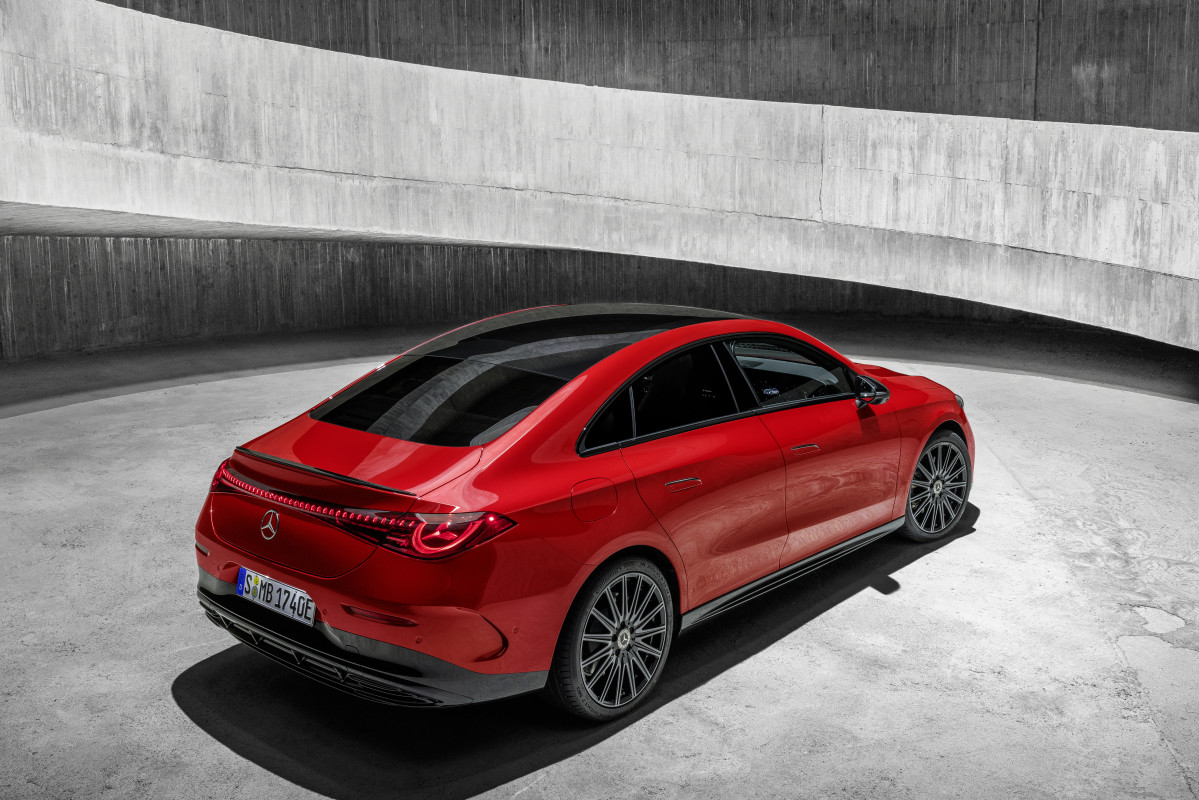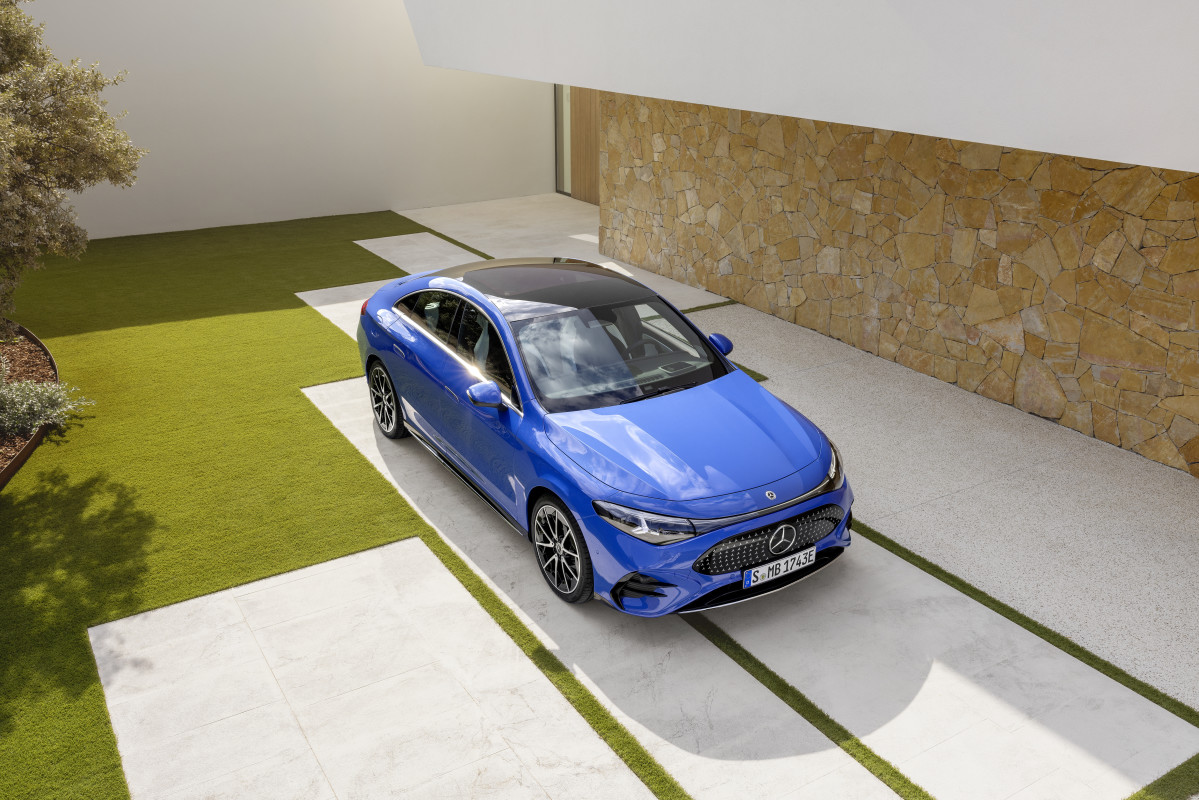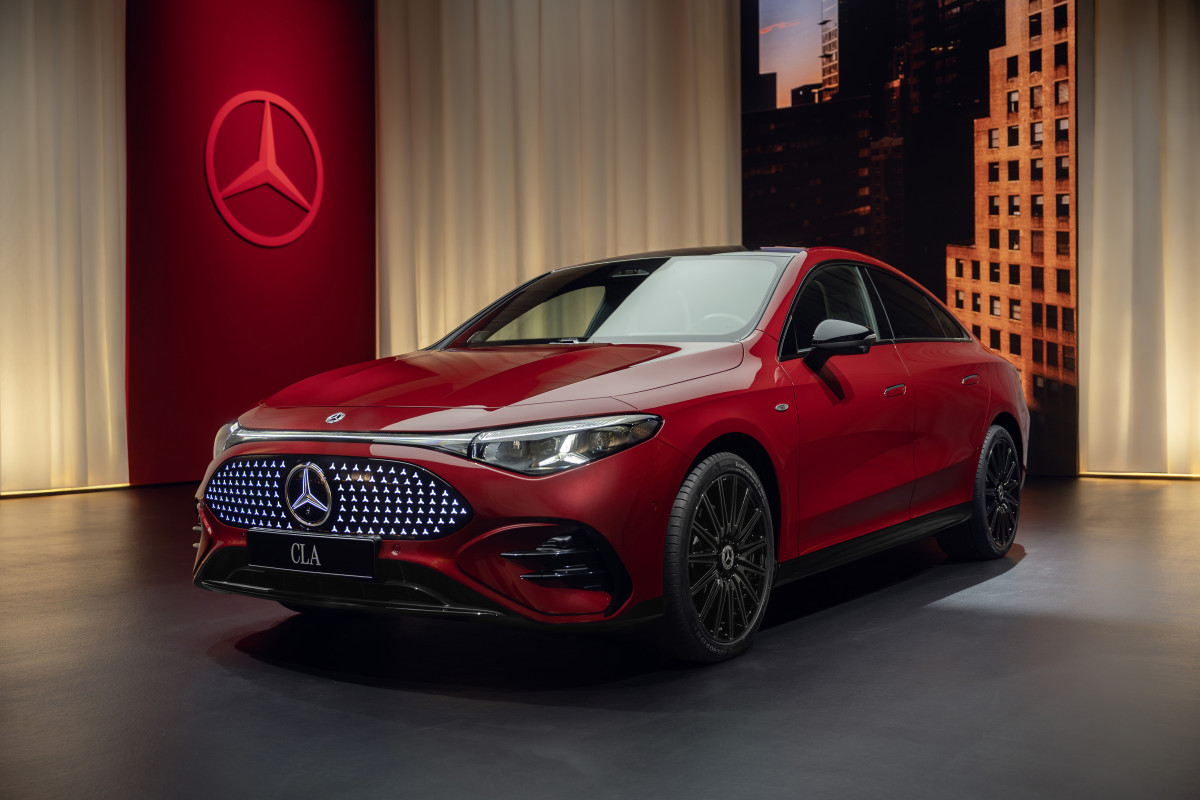Changing the Game: The 2025 Mercedes-Benz CLA EV

The 2025 Mercedes-Benz CLA EV is a vehicle that’s catching eyes, but perhaps not for all the reasons expected. With a charging capability reaching up to 320 kilowatts, this sleek vehicle deploys one of the fastest charging systems available. However, the catch lies in its exclusivity to 800V fast chargers. In the U.S., most public fast chargers operate at 400 volts, making the availability of chargers for this model incredibly sparse.
This predicament was unearthed by an EV enthusiast in Norway and later corroborated by Mercedes officials on both sides of the Atlantic. The decision by Mercedes to exclude 400V DC charging aims at maintaining performance, but it places significant constraints on U.S. drivers seeking convenient charging options.
Fast Charging Limitations

The puzzling part about the CLA EV is the inclusion of a Tesla-designed NACS charging port. The irony is that it still can’t utilize Tesla’s Supercharger network in the U.S. — none of those facilities support 800V charging as of now.
The car is also outfitted with a J1772 connector, permitting slow AC charging at places like home or work. Yet, the NACS port lacks compatibility with AC charging, rendering Tesla’s Destination Charger network off-limits too. Drivers are essentially narrowed to the J1772 connection for slow charging or must locate an infrequent CCS1-equipped 800V fast-charging station.
Implications for Drivers

For comparison, other vehicles supporting 800V charging, like the Porsche Taycan or Hyundai Ioniq 5, can revert to slower charging at 400V stations if needed. This backup option can ease the range anxiety often associated with electric vehicles, a feature particularly useful during longer hauls. By limiting the CLA EV’s charging options, Mercedes is betting on a swift roll-out of 800V charging stations across the U.S.
Some progress is underway; Electrify America is working on a 1,000V network, but the current infrastructure isn’t comprehensive. This places CLA EV owners at the mercy of an evolving, yet incomplete, charging ecosystem.
Wrapping Up
Mercedes is marketing the CLA EV as a futuristic and efficient luxury car. From a performance standpoint, it checks many of the right boxes: it boasts a design that’s innovative within its price range and offers unheard-of charging speeds for its class. Yet, by ignoring 400V compatibility, Mercedes takes a significant risk assuming the charging landscape will evolve swiftly.
Drivers who do not have home charging might find this limitation particularly challenging, especially since most public stations remain incompatible with this model. This decision challenges Mercedes’s reputation for comfort and ease of use. While embracing 800V technology is innovative, not offering a fallback option or 400V compatibility could make the CLA EV a classic example of overestimating infrastructure readiness in a market that’s still finding its footing.
Rivian's Big Year
Car Ownership Trends
RUF Rt12 Rarity
Toyota Faces Tariff Woes
EV Rivals Surge